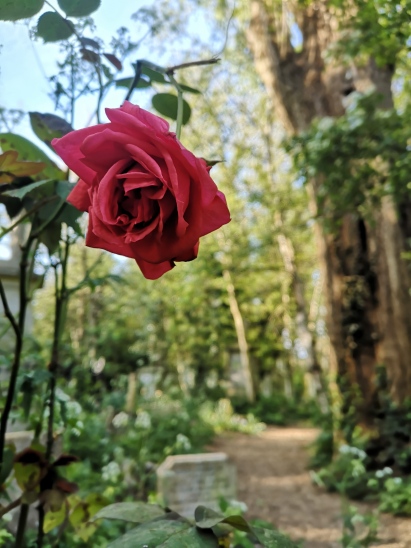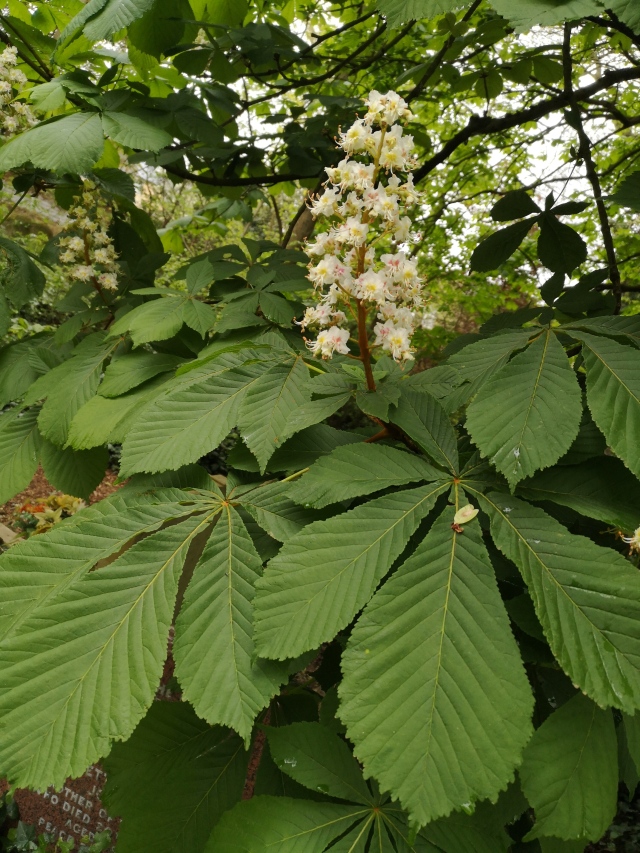Tonight I was supposed to be at a music festival. It’s a beautiful evening, just approaching golden hour as I write. It would have been a perfect day – wandering between stages at East London’s Victoria Park, catching random sets, drinking beer under huge trees, queuing for the loos, trying to find a decent T-shirt, doing the usual festival stuff. But like everything that requires an audience at the moment, All Points East was cancelled.
I’m not coping very well with lockdown. And knowing that live music – not just festivals but tiny grassroots local shows, too – will be among the last things to return after Covid-19 drags its long, mournful tail over the horizon is weighing heavily on my heart.
It’s a First World problem, I know, when so much more is being lost, when greater things are at stake than a night out with loud music, sploshy plastic cups, pretending you can hear what your friend is saying, and wrestling with ringing ears and public transport at the end of it all. We punters forgoing a concert or two is minor in the scheme of things.
But it’s not.
It’s not just about our entertainment. A string of systems and people, not just artists but promoters, agents, venue, bar staff, tech support, sound engineers, roadies, ticketing and so on goes into putting on a show. And the knock-on effect as the lockdown continues – through merchandise, recording studios, record companies – is hard for this layperson to contemplate. The music industry pumps an annual £5.2b into the UK economy, according to IQ magazine.
Sadly, the inescapable fact is that enjoying a gig is among the riskier pursuits we can undertake while the novel coronavirus lurks among us, with neither vaccine nor treatment coming soon. Enclosed spaces where lots of people share air and swap respiratory droplets over several hours while shouting over music or singing along to a favourite tune are top of the list of infectious environments. And no one could call a rock show an essential service.
But it is.
At its essence, music is a bonding force. A live show is a physical, intellectual, sensory and emotional experience. The best gigs are euphoric, and even the worst are a chance to let off steam. There’s always something to love, even if the band are having a bad night or are simply not your cup of tea. “What I experience in these big arenas is the power of gathering. We’re sharing experiences,” says Michelle Obama in the Netflix special Becoming. She’s talking about a book tour, but the statement holds true for any mass event, be it a football match or a Madonna concert. We come together. Into something greater than the sum of our parts. Lockdown has reduced us to fragments.
The other day I was watching a clip of Johnny Marr on stage with Noel Gallagher’s High Flying Birds doing Champagne Supernova, and the crowd nearly took the roof off the O2 Academy. It was both wonderful and hard to watch because who knows when such a thing will next be possible. And who can look at crowds of people crushed into a venue without thinking about virus transmission?
This is breaking my heart.
I’ve become more of a live fan as I’ve gotten older, although based on my fervour as a teenager, that hardly seems possible. My first rock concert was Phil Collins at the Perth Entertainment Centre, I went with a friend and it was the most exciting night of my life. I wrote about it extensively in my diary, down to drawing a seating plan and recording as much of the set list as I could remember. I loved, then as now, everything about the process, from the struggle to buy tickets to getting to the venue, finding your seat, and waiting for that magic moment when the lights go down and they appear. The thrill never fades.
Live music reminds me of who I am. More than that, it reinforces that I’m the same as the other head-bobbers, foot-tappers, beer-spillers around me.
There’s a unmistakable frisson that goes through the body at a favourite riff – it gets into a part of the brain so few things reach, and sets off electrical storms. It’s inadequate to say that I lose myself in a song, such is the melting of my boundaries. Impossible to articulate how it feels to have my body connect with the contours of sound, the rhythm, how it feels to look around as a show is peaking and realise everyone feels the same. There’s nothing like it. Pinning it to the page is like dancing about architecture, as the saying goes.
The UK has been on lockdown since 23 March and social-distancing rules dictate that anything needing an audience is cancelled or postponed. No small gigs, no festivals, nothing until at least September, with festivals and large events unlikely until late 2021. And even that seems optimistic from where we stand at the moment. A couple of weeks ago a BBC article described 2020 as a “write-off” for gigs and festivals. There is movement in other not-so-distant countries – Spain, Belgium, Serbia, Moscow. We’ll watch nervously, enviously, and see what these events do to the case numbers.
I understand, too, that my perception of the risk of a gig is very different to that of a 20-year-old. It’s a confidence issue, also – after the 2015 attacks in Paris, every time I walked into a venue, I made sure I knew where the exits were, scrutinised security, pushed flashes of footage of bodies being dragged from the Bataclan forcibly to the back of my mind. That night pulled the rug out from under my feet. This pandemic has, too, in a slower but no less shocking way, and I’m sure the next time I go to a show I’ll be hoping the person next to me isn’t infected.
But the urge to return is strong despite the misgivings.
Ways to approximate what we’re missing have been swirling around – drive-in gigs, bike-in gigs, Zoom gigs for small audiences, virtual festivals, DJ sets, streaming shows from kitchens, bells-and-whistles-but-no-audience shows from venues, fractional-capacity concerts. And these are encouraging and offer ways we, as punters, can support the industry across the abyss, in addition to buying music and merch, rolling tickets over. Some of these new formats will stick and transform accessibility to artists we can’t afford to see, can’t travel to see, can’t get a ticket for. None of them will replace the real thing but the energy to innovate and keep the show on the road is inspiring.
I’m still a cliché gig goer – I sing, dance, shake my hair, sing the wrong words. I can do this in front of a screen in my lounge, but it’s not the same thing as craning to see Madonna stride on stage at Adelaide Oval – we were so far back but it didn’t matter, it was her, there, right there; pressing up against the rails as Faithless blast out God Is a DJ at a festival in Shanghai; singing along to Throw Your Arms Around Me at a Hunters & Collectors farewell gig at a rugby league club on Sydney’s northern beaches.
I’d like to say I’ve evolved but, well, the grown-up who nearly exploded when Duran Duran – all five of them – appeared on stage in 2008 was the same person who, as the teenager, had their pretty-boy faces plastered all over her bedroom.
Last year I made a list of the 200-odd acts I’ve seen live, and the exercise took me deep into pockets of my memory. I told my friend K about it. “Oh, yes, I remember,” she said of a particular night. “Hoodoo Gurus supported.” They did. I’d forgotten, and as I rarely associate my elegant Parisian friend with sweaty pub rock, it reminded me of a side her that had tucked itself away. That’s right, she was there, we did that together. We’ve been friends for more than 30 years – and there are so many shows woven into that history, from George Michael in 1989 to Depeche Mode in 2018.
In the dark, engulfed in music that curls your toes, time stands still. It really does.
Paris turned out to be a magnificent live-music city. It gave me a chance to catch acts I’d missed the first time around. And seeing Bryan Ferry, Suede, Noel Gallagher, Johnny Marr, OMD and Jesus and Mary Chain was like a continuation of “our” history. I’m so happy they’re still making music, touring new albums and challenging the idea that pop is only for the young. As Johnny Marr said to me when I fan-girled all over him at a book signing, “We’re still here, aren’t we? We’re still doing it.”
And we will do again.
Both social distancing and PPE are hard to reconcile with the live experience, which is all about hundreds or thousands of sweaty fans coming together, and swaying as one. And until a vaccine or treatment or testing or stringent effective hygiene actions can be put in place, it’s hard to see how our shows will come back.
But they will.
So, all you performers, venue operators, promoters, bar staff, techs, managers, roadies, merch sellers, music press who’ve lost gig ads, all of you, please hang in there. Because we, the great singing, drinking, sweating, screaming, foot-tapping, head-nodding hordes, are thinking of you and waiting to come back. We’ll still be here, tickets in hand, when this is all over, in whatever form we are allowed to commune in the name of live music.
The thrill never fades.











